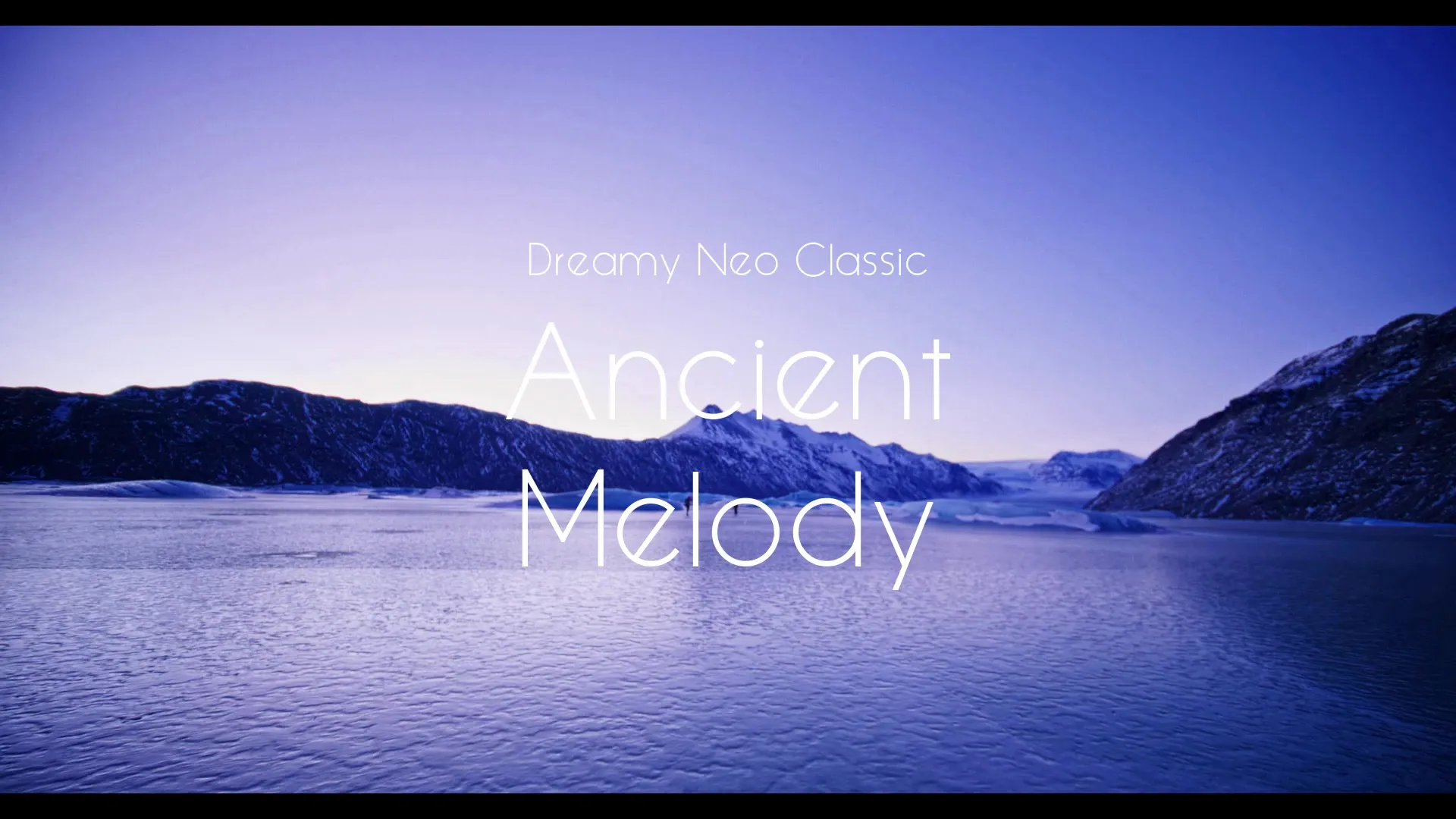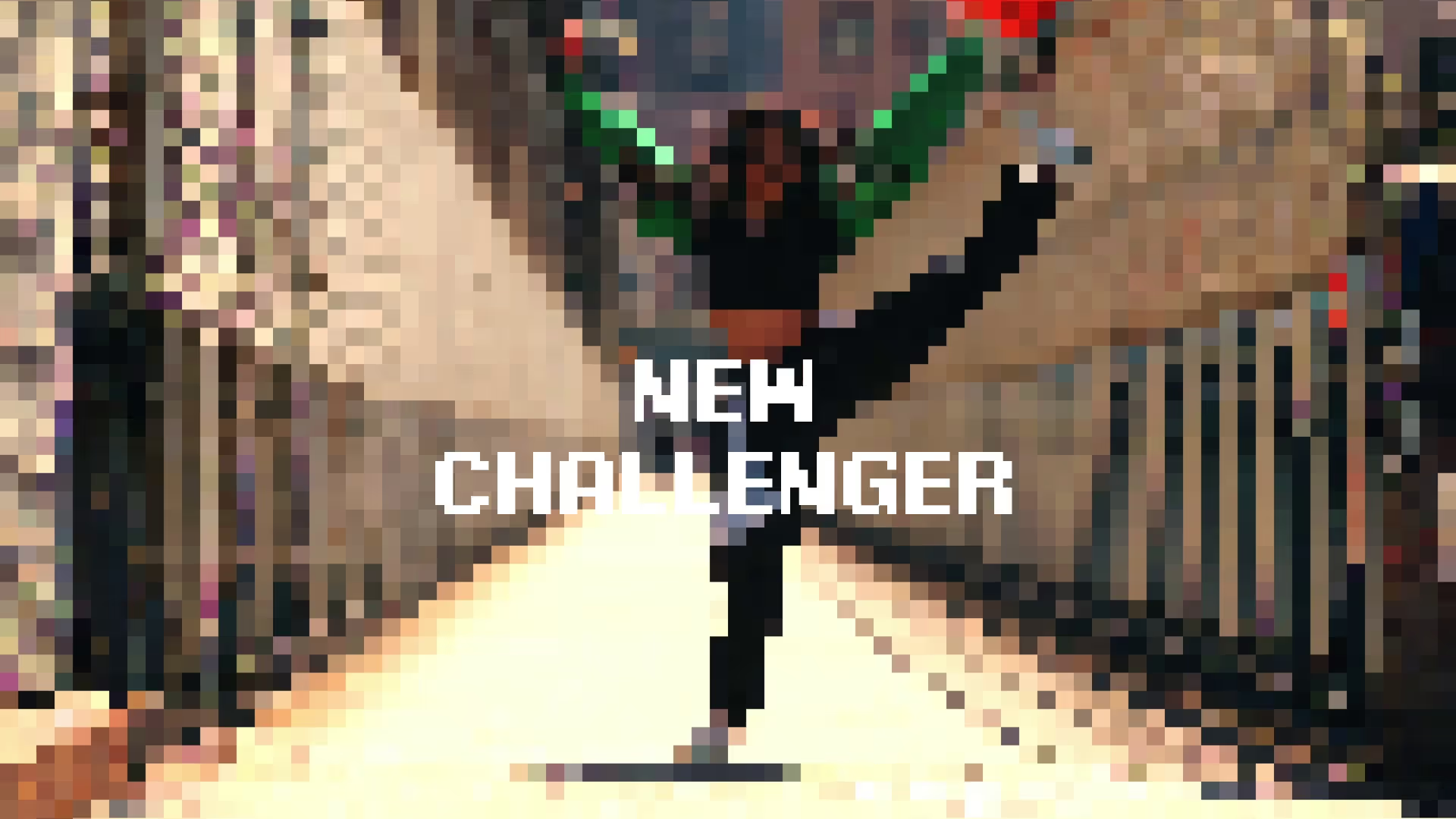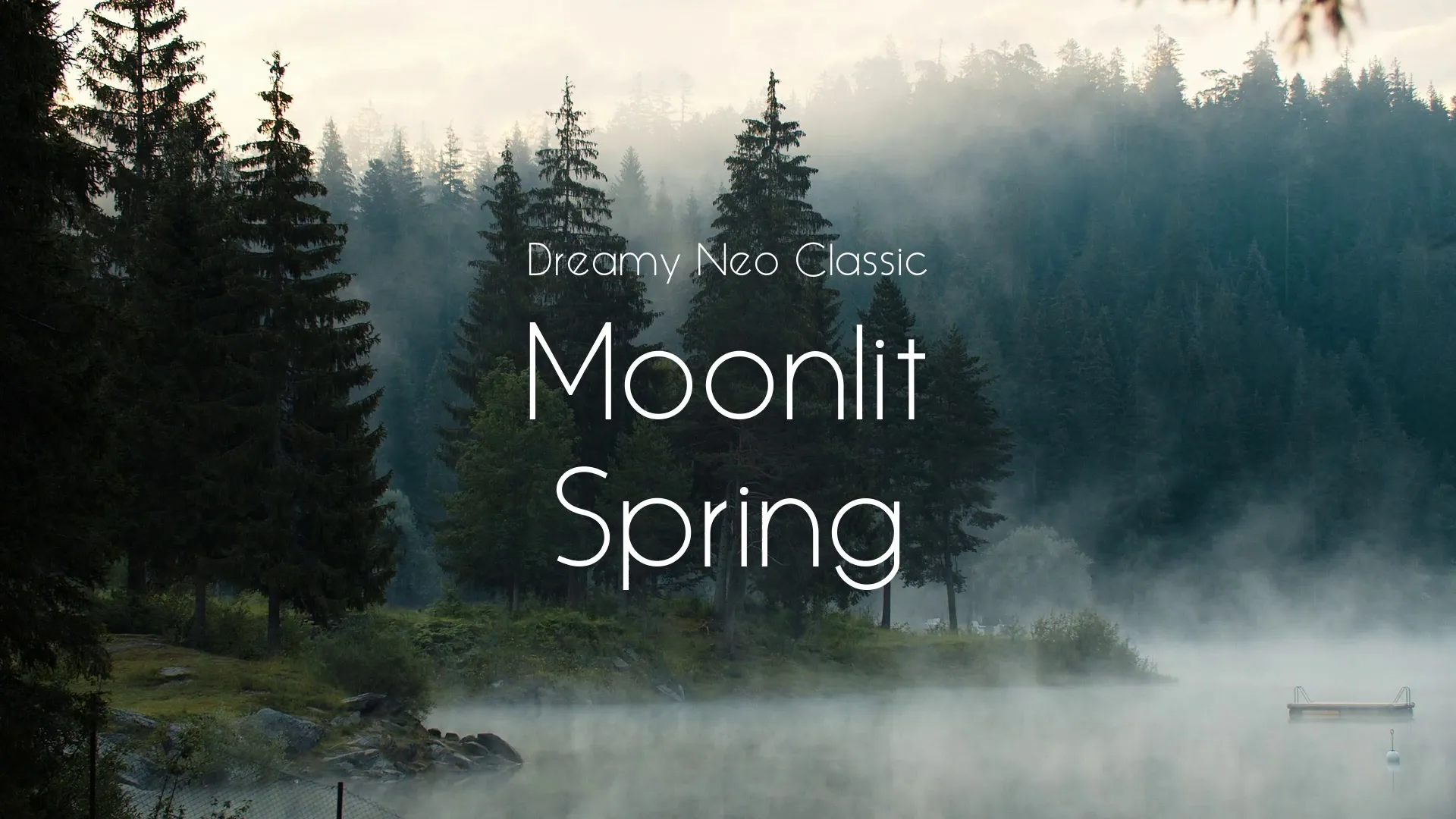Achieving Visual Fidelity in Games: Advanced Techniques for Stunning Graphics
Achieving Visual Fidelity in Games: Advanced Techniques for Stunning Graphics
Visual fidelity is paramount for player immersion and engagement in modern games. It goes beyond simple high-resolution textures; it involves a cohesive blend of technical prowess and artistic vision. This guide explores advanced techniques to elevate your game’s visual presentation.
Choosing Your Rendering Pipeline Wisely
The foundation of visual fidelity often starts with the rendering pipeline. For Unity developers, understanding the differences between URP, HDRP, and the Built-In pipeline is crucial. Each offers distinct advantages and trade-offs in performance and visual capabilities. For a deeper dive, consider reading ‘Unity: Understanding URP, HDRP, and Built-In Render Pipeline’ which provides an excellent overview. Your choice significantly impacts the visual effects and optimizations available to you.
HDRP, for instance, provides a physically-based lighting model and advanced post-processing effects out of the box. This allows for hyper-realistic lighting and reflections, but demands higher hardware specifications. URP offers a balance, providing modern rendering features with better performance across a wider range of devices.
Advanced Rendering Techniques
Implementing cutting-edge rendering techniques can dramatically improve visual quality. Physically Based Rendering (PBR) is fundamental for realistic material representation. PBR ensures materials react to light in a consistent and believable manner.
Global Illumination (GI) is another critical component for realistic lighting. Real-time GI solutions, though computationally expensive, create dynamic and believable light bounces. Baked GI, while static, offers superior quality for environments where lighting doesn’t change significantly.
Screen Space Ambient Occlusion (SSAO) adds subtle contact shadows, enhancing depth and realism. Volumetric lighting and fog add atmospheric density and mood, making scenes feel more alive. These techniques, when combined, build a rich visual tapestry.
Temporal Anti-Aliasing (TAA) effectively smooths jagged edges and reduces flickering, especially with complex shaders and dynamic scenes. It achieves this by reusing information from previous frames, resulting in a cleaner image. Always consider the performance implications of each technique.
Optimization Strategies for High Fidelity
Achieving stunning graphics without crippling performance requires diligent optimization. Cull unnecessary objects and polygons outside the camera’s view frustum. Implement Level of Detail (LOD) systems to swap out detailed models for simpler ones based on distance.
Batching draw calls reduces CPU overhead, a common bottleneck in graphically intensive games. Static batching is effective for immobile objects, while dynamic batching can help with smaller, moving meshes. Profile your game rigorously to identify performance bottlenecks.
Texture atlases combine multiple smaller textures into one larger one, reducing texture swaps and improving rendering efficiency. Employ texture compression appropriate for your target platforms to manage memory usage. Understand the balance between visual quality and performance constraints.
Shader optimization is equally important. Write efficient shaders that perform minimal calculations per pixel. Avoid complex conditional branches within shaders if possible. Utilize shader variants to compile only the necessary shader code for specific material properties.
Artistic Considerations for Visual Cohesion
Technical fidelity must serve an artistic vision to truly shine. Consistent art direction ensures all assets and effects contribute to a unified aesthetic. Establish a clear visual style guide early in development.
Effective use of color theory and composition guides the player’s eye and enhances storytelling. High-fidelity graphics can amplify these artistic choices, making the world more believable. Consider how lighting emphasizes key elements or creates atmosphere.
Create a free account, or log in.
Gain access to free articles, game development tools, and game assets.






















.webp)
